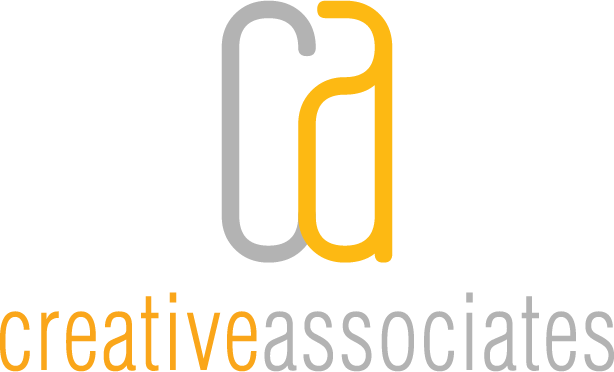
Stock Icons Are Not Your Brand
Media control symbols are the STOP (square), PLAY (triangle), FAST FORWARD (>>), REVERSE (<<) and PAUSE (||) we see everywhere. Their use dates back to the 1950s and they are recognized almost anywhere on earth. They are essentially logograms.
Logograms and lexigraphs are written or pictorial symbols that represent a whole word. Writing systems that make use of logograms include Chinese, Egyptian hieroglyphic writing, and early cuneiform writing systems.
In an ever-shrinking world, quickly recognized logograms (like media control or social media symbols) can transcend language barriers and help with navigation and instruction.
Similar to logograms, icons have become popular with companies everywhere to be a quick visual reference to help customers, prospects and others to find their way around websites, documents and other communications. However, many icons, unlike a true logogram may be vague or have more than one meaning, which then requires a word or two to explain where the icon actually leads. In many cases, the icon is less of a quick reference tool and more of an illustration or a decoration needing to be decoded.
It’s not hard to see for yourself how many companies are using icons. What’s hard to understand is why so many use stock icons right out of the can and why they’ve incorporated them into their visual identity systems. Differentiating your brand is challenging at every level. Visual elements are a powerful component of your brand that shape every touchpoint. Yet, custom, purpose-built corporate art is on the decline.
Why is that? Well first, looking for a set of icons on iStock, Getty, Envato or other sites is fast – much faster than concepting, sketching, reviewing and refining a set of descriptive illustrations or custom pictograms. Oh, it’s way cheaper, too!
It’s hard to argue with getting two out of three from the proverb, “Quality, speed, price … pick two.” But in this case the “quality” you are leaving on the table has the potential to make up for at least one of the other two. Building a better visual identity will help set your company apart to generate more revenue in the long run than you ever saved on cheap illustrations.
Secondly, everybody else is using them! Hey, but isn’t that a bad thing if you want to differentiate your brand? Sure it is. Similar to the overuse of stock photos and videos that have created industry-wide visual monotony, stock icons are undermining brand diversity. (According to a report by Arizton, the global market size of stock images and videos was valued at 4.68 billion U.S. dollars in 2021, and it is expected to grow to 7 billion U.S. dollars by 2027.)
By understanding what makes your brand unique and by communicating this effectively through careful and thoughtful development, your visual identity can help you establish a strong position in the market and build lasting customer relationships. But we all know that.
Hey, maybe AI will fix it! Oh, wait, did I write that or did I just think it?
